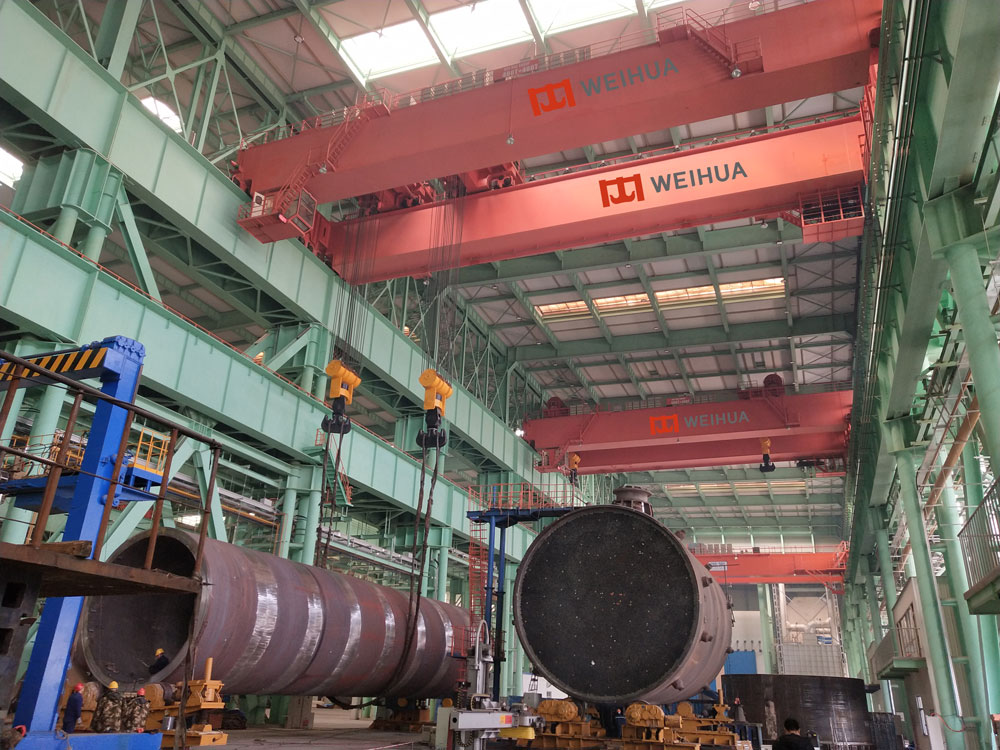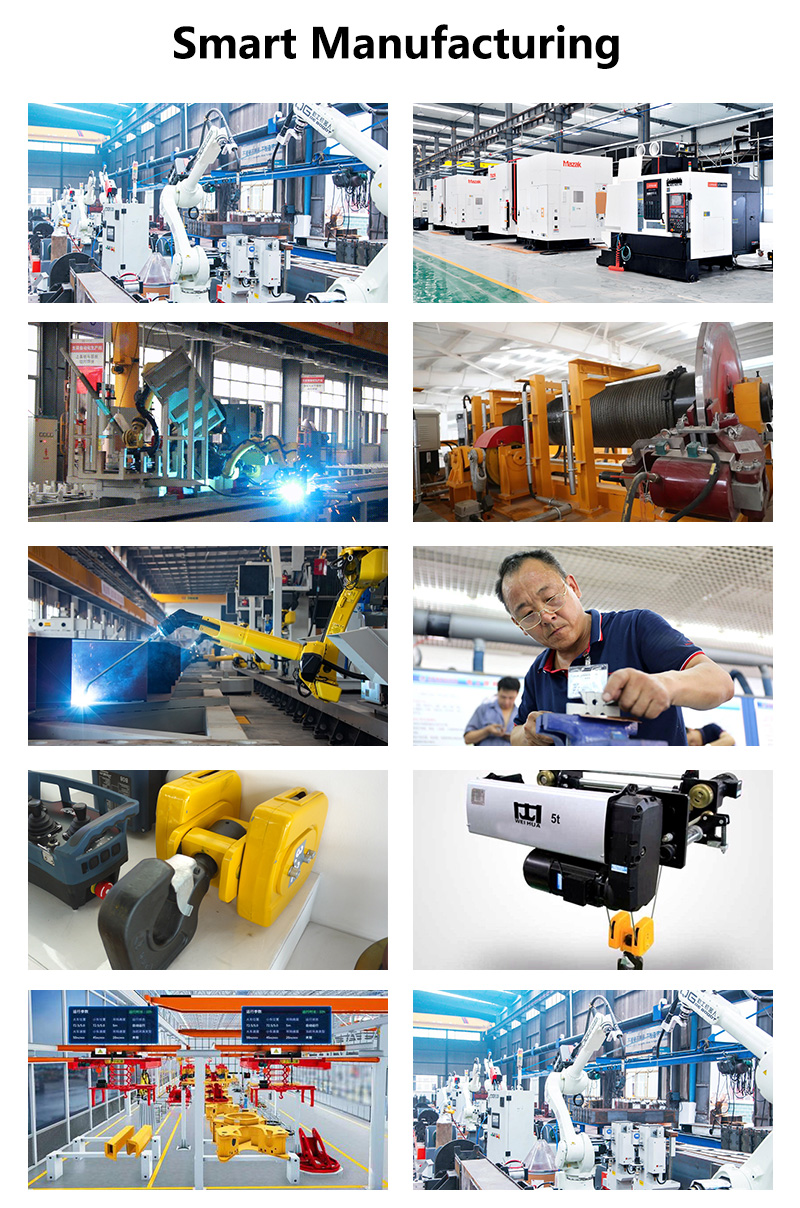Гачок вашого накладного крана - це критичне підключення до навантаження. З часом, знос, деформація, тріщина, or damage can compromise its integrity, posing a severe safety risk. Knowing how to perform a crane hook replacement correctly and safely is paramount for any maintenance team. This guide outlines the essential steps, prioritizing safety above all else.

Appropriate replacement hook assembly (correct capacity, type, and throat opening)
LOTO devices
Tagging materials
Certified lifting equipment (chain hoist, lever hoist, gantry crane – rated for the load block/hook weight)
Slings or chains (rated adequately)
Correct wrenches/sockets (often large)
Pins, bolts, горіхи, cotter pins, or retaining rings (as specified by manufacturer)
Torque wrench (відкалібрований)
Wire brush, cleaning solvent
Calipers or micrometer (for inspection)
Safety glasses, рукавички, тверда шапка, чоботи зі сталевими ногами
Fall protection if working at height

Preparation is Paramount:
Clear the Area: Ensure the crane path and work area beneath are completely clear of personnel and obstacles.
Secure the Crane: Move the crane to a designated maintenance area, away from production. Apply the bridge and trolley brakes.
Блокування/тегування (СЕРЦЕ): This is non-negotiable. Isolate ALL energy sources to the crane:
Main electrical disconnect (lock and tag).
Any auxiliary power sources.
Follow your facility’s strict LOTO procedures. Verify zero energy.
Зберіть інструменти & Parts: Ensure the correct replacement гачок assembly is on hand and inspected. Have all tools readily accessible.
Support the Load Block/Hook Assembly:
This is the MOST critical safety step. The entire weight of the load block and hook assembly must be securely supported before disconnecting it from the hoist ropes or chain.
Use a certified auxiliary lifting device (like a chain hoist or gantry crane) and appropriately rated slings/chains.
Rig the slings securely to the load block itself, not the hook being replaced. Apply slight tension to take the weight off the hoist ropes/chain. Double-check rigging security.
Remove the Old Hook:
Disconnect the Hook Link (Поворот): Locate the connection point between the hook’s bail (шматочок) and the hook link or swivel assembly attached to the hoist ropes/chain. This is typically secured by a large pin, bolt, or shackle.
Remove Securing Hardware: Carefully remove any cotter pins, lock nuts, or retaining rings. Use the correct tools to avoid rounding fasteners.
Drive Out the Pin/Bolt: Using appropriate punches and hammers (if necessary), carefully drive out the main pin or remove the bolt connecting the hook to the hook link/Повороті гачки крана. Be mindful of stored tension.
Lower the Old Hook: Once disconnected, carefully lower the old hook assembly using the auxiliary lifting device to a safe location on the ground or work platform. Never let it hang unsupported!
Оглянути & Prepare (Критичний!):
Inspect the Hook Link/Swivel: Thoroughly clean and inspect the hook link or swivel assembly that remains attached to the hoist ropes/chain. Look for wear, тріщина (especially in threads or pin holes), деформація, або корозію. Measure wear at critical points against manufacturer specs using calipers. Replace if any defects are found.
Inspect Hoist Rope/Chain & Снопи: While access is available, inspect the condition of the hoist rope (for broken wires, перегини, корозія) або ланцюг (for stretch, тріщина, знос), and the sheaves/chain wheels for wear or damage.
Clean Components: Clean mating surfaces on the hook link/swivel and the new hook’s bail thoroughly. Зніміть бруд, змастити, and burrs.
Install the New Hook:
Position the New Hook: Using the auxiliary lifting device, carefully lift the new hook assembly into position, aligning its bail precisely with the hook link/swivel.
Install New Hardware: Insert the new manufacturer-specified pin or bolt. Never reuse old hardware unless explicitly permitted by the manufacturer. Install new cotter pins, lock nuts, or retaining rings as required.
Torque Fasteners: If bolts are used, torque them to the manufacturer’s exact specifications using a calibrated torque wrench. This is crucial for proper load-bearing capability.
Secure Thoroughly: Ensure all locking devices (cotter pins bent correctly, lock nuts tight, retaining rings fully seated) are properly installed.
Remove Auxiliary Support & Test:
Slowly Release Tension: Carefully slacken the auxiliary lifting device, transferring the weight of the load block and new hook back onto the crane’s hoist ropes/chain. Ensure the connection is stable.
Remove Rigging: Once fully supported by the crane hoist, remove the auxiliary lifting slings and equipment.
Perform Functional Tests (WITHOUT LOAD): Following LOTO removal procedures only after all personnel are clear, re-energize the crane under strict control. Perform several complete cycles of hoisting and lowering the hook without any load, listening for unusual noises and observing smooth operation.
Perform Load Test: Crucial Step! Before returning the crane to service, it MUST undergo a load test according to manufacturer recommendations and relevant standards (Напр., ASME B30.2). This typically involves lifting a test load (часто 125% of rated capacity) in a controlled manner to verify the integrity of the new hook installation and the crane system. Document this test.

Visible cracks or nicks.
Excessive throat opening (beyond manufacturer’s wear limit – usually >15% increase).
Hook twist (twisting from the plane of the unbent hook).
Перевищення зносу 10% of the original diameter on the saddle or load-bearing points.
Any deformation (згинання) гачка.
Corrosion or pitting affecting structural integrity.
Failed inspection per ASME B30.10 requirements.
Manufacturer’s recommended replacement interval.
Never work under a suspended load.
LOTO is mandatory.
Always support the load block during hook removal.
Use only correct, rated replacement parts and hardware.
Inspect all related components thoroughly.
Perform post-replacement load testing.
Document the replacement and testing.


Crane hook replacement is a vital maintenance task demanding meticulous attention to safety protocols, correct procedures, and quality parts. While this guide provides a framework, always prioritize your specific manufacturer’s instructions and company safety rules. Regular inspections can prevent sudden failures, but when replacement is necessary, following these steps diligently ensures the continued safe and reliable operation of your critical overhead lifting equipment. If the task seems beyond your team’s expertise, always engage qualified crane service professionals. Don’t compromise on safety – the load depends on it.
Disclaimer: Replacing an overhead crane hook involves significant hazards. Always adhere to your company’s specific safety procedures, lockout/tagout (СЕРЦЕ) protocols, and the crane manufacturer’s instructions. This guide is informational; only trained and authorized personnel should perform this task. When in doubt, consult a qualified crane service technician.
Ми цінуємо ваш відгук! Будь ласка, заповніть форму нижче, щоб ми могли налаштувати наші послуги до ваших конкретних потреб.


Натисніть кнопку, щоб отримати інформацію та цитати продукту на WhatsApp.
Отримайте цитату
Останні коментарі